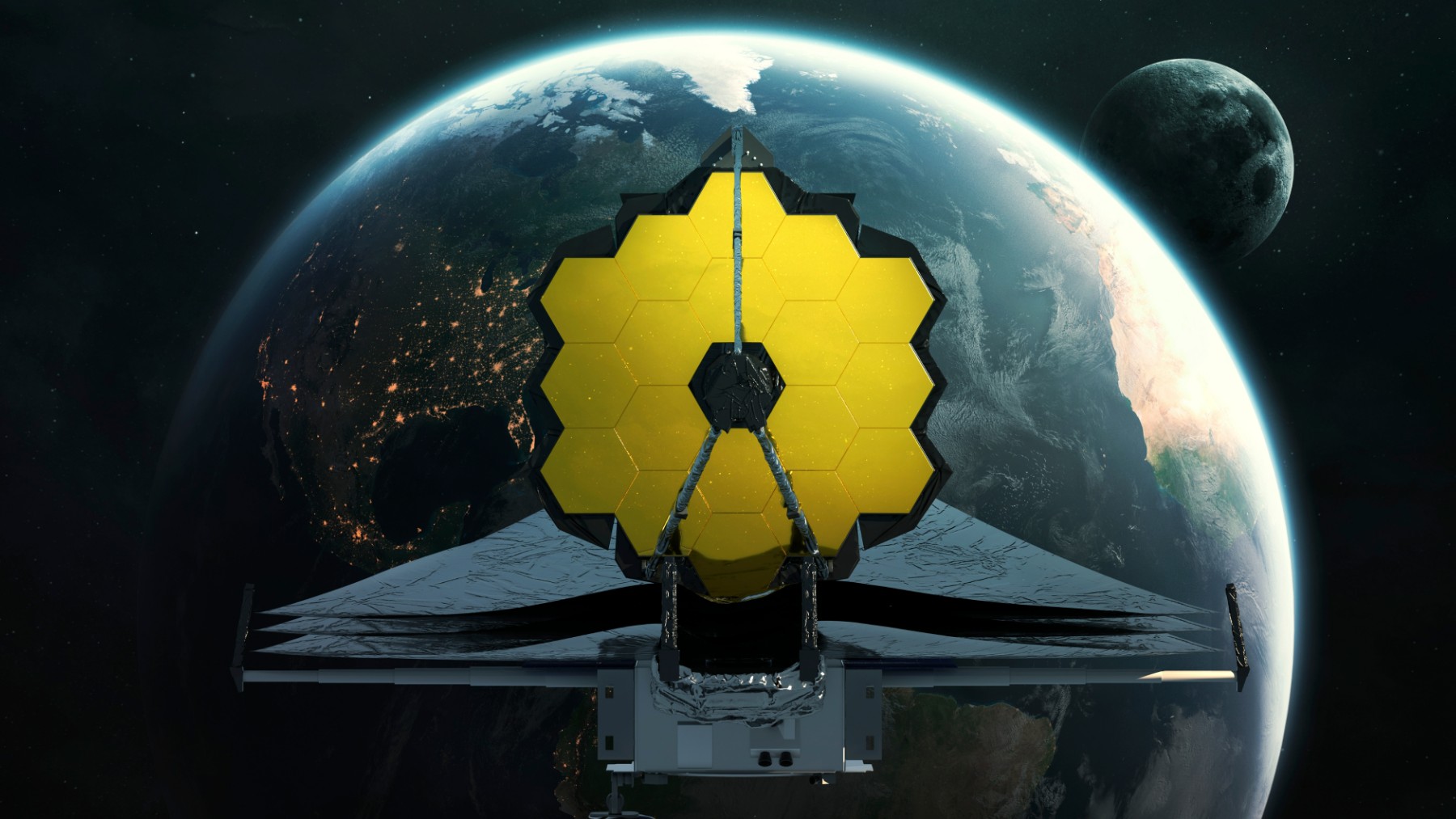
NASA keeps surprising us, this time, it has detected a frozen disk in space, and not just any disk. This gigantic ring of ice, dust, and rocks was found around a young star similar to the Sun. But what really left scientists speechless wasn’t just its size, which spans about 37 trillion kilometres, but its composition: crystalline water ice, a type of ice that could confirm one of the most important theories about the formation of habitable planets. All of this, thanks to the infrared capabilities of the James Webb Telescope, thank you, friend!
And of course, we have so many questions. What’s really up there?
Let’s start from the beginning: where was this frozen ice?
The so-called frozen disk was located around a star named HD 181327, very similar to our Sun. The size of the ring is hard to imagine, it’s more than 4,000 times the distance between the Earth and the Sun (many millions of kilometres, for sure). Its composition includes dust particles, rocky fragments, and, most importantly, crystalline water ice.
Researchers have compared this situation to the Kuiper Belt, a region of our solar system where Pluto and other comets orbit. But until now, crystalline water had never been identified outside the solar system.
How was it detected?
If you like astronomy, you’ll know that astronomers work with the famous James Webb Telescope, the most incredible and advanced telescope to date. This telescope, which is orbiting in our galaxy, has an instrument called NIRSpec, which allows them to analyse galaxies that are very, very far away using infrared light. With this combination, they can observe dust particles and identify them with much more precision. That’s where they found a giant rock with ice.
The discovery is comparable to the type of ice found in Saturn’s rings, suggesting that the environment in which this disk formed was extremely stable, cold, and under controlled pressure.
Why is this discovery so important?
For decades, scientists suspected that debris disks had to contain water ice. What they lacked was the technology to confirm it, and now they’ve done it! James Webb has turned intuition into evidence.
“When I was a PhD student 25 years ago, my advisor used to tell me there had to be ice in these disks, but we didn’t have the instruments to verify it”, explained Christine Chen, co-author of the study.
And the discovery is no small thing, we’re talking about the possibility that water could exist in many other planetary systems. And you know what that means, right? Life! We’re getting closer and closer to discovering that we’re not alone in this vast universe.
If this type of ice is present in such early stages of stellar development, many other systems may also contain the basic ingredients of life.
Key points about what NASA discovered!
- What exactly did NASA discover? A “frozen disk” (a giant piece of icy gas and dust).
- Where is this disk located? Very, very far from our solar system.
- How big is the frozen disk? It’s more than 37 trillion kilometres long!
- Why is this finding important? Because it will help us understand how planets are formed.
- How was the discovery made? Thanks to the James Webb Space Telescope.
- Does it have implications for our solar system? It could help us understand how the solar system was formed.
- What does the disk contain? For now, just ice, gas, and interstellar dust.
- Is there life in the frozen disk? No, at least not yet. But it does contain essential materials, and that could be a clue!
- What will NASA do next? They’ll keep observing this disk with the James Webb Telescope to continue gathering data.
We’ll have to wait to find out more!
